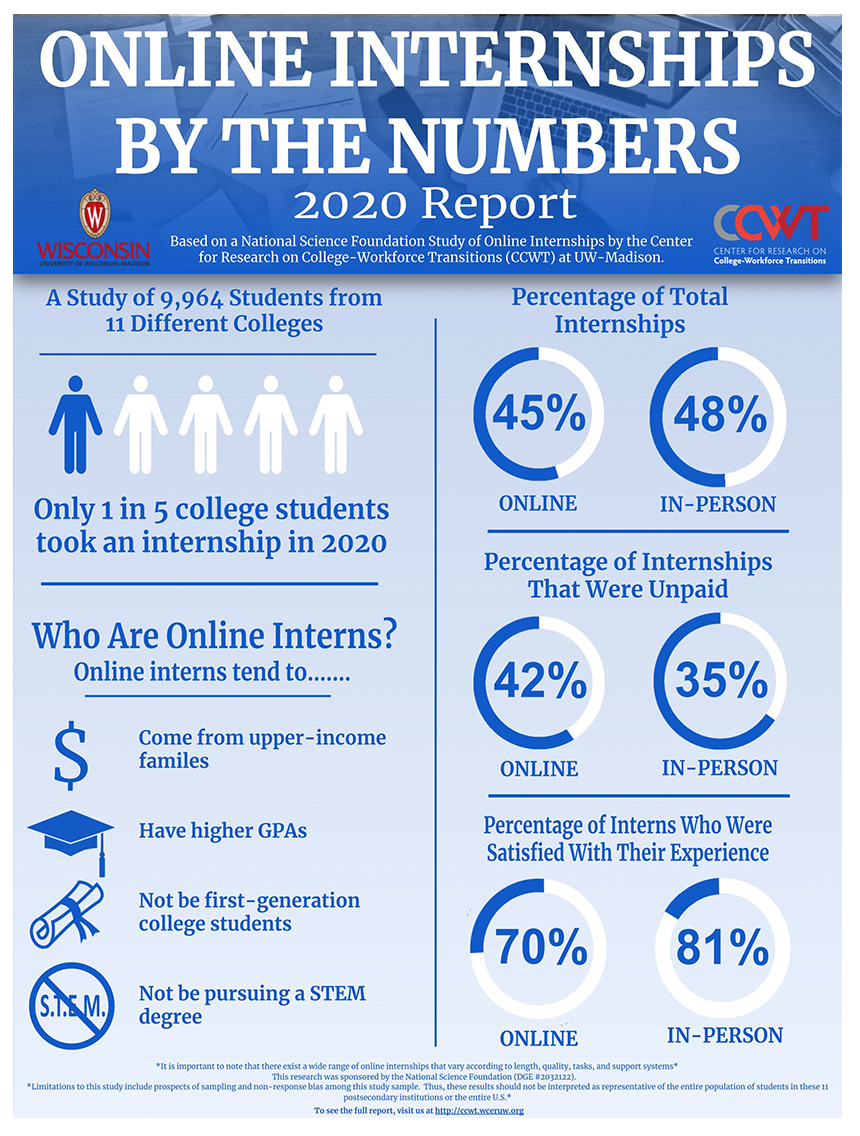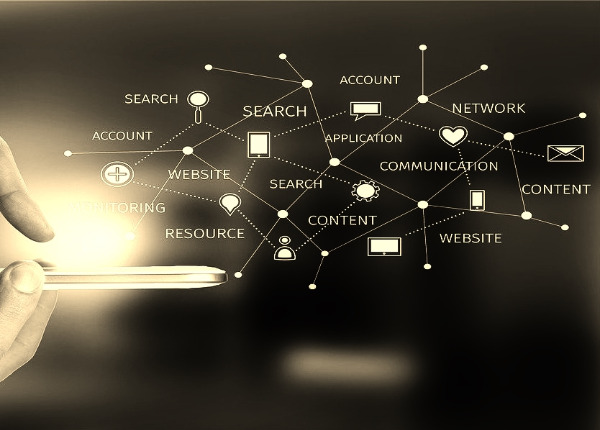The Virtual Internship

Internships for college students (and sometimes high school students) have long been a good experience. They help young people develop a professional aptitude, learn real-world skills, and often create an opportunity for a follow-up job. They took a hit during the pandemic with offices closed and a reluctance on both sides to be out in the world.
Virtual internships became a thing. I assume some existed before but not in great numbers. I read about some undergrads at Brown University who began Intern From Home in March 2020. They wanted to salvage internships during the pandemic for classmates with a free, simple-to-use platform. They were connecting students at more than 200 colleges with virtual internships and it looks like they have doubled that.
They were not the first to do this. Sites like virtualinternships.com offer college and high school students internship opportunities.
When I was a college student many moons ago, internships were rare. When my sons were undergrads, internships were fairly common but often unpaid and in some cases, students had to pay tuition in order to get credit for the experience. If money is an issue for you as a student (as it was for me), then an unpaid summer or semester was not likely. The National Association of Colleges & Employers (NACE) reported that the average hourly wage for undergraduate interns rose from $16.35 in 2014 to $18.06 in 2017.
Career exploration is a big plus for internships. I knew several fellow undergrads who did internships or worked in the field that they planned on after graduation and the experience led them to decide that they did not want to pursue that career. That is disappointing but important.
Reading a report from the Center for Research on College to Workforce Transitions CCWT and other sites all list similar benefits for the internship experience.
Gain valuable work experience
Explore a career path
Give yourself an edge in the job market
Develop and refine skills
Receive financial compensation.
Network with professionals in the field
Gain confidence
Transition into a job

Infographic - for larger size see ccwt.wceruw.org
It is disappointing that a new study of online internships shows that, among more than 10,000 students at 11 colleges, most virtual internships last year went to students in middle- and upper-income families. Also more positions were unpaid than paid. (Center for Research on College-Workforce Transitions at the University of Wisconsin- Madison) They also found that there were higher levels of dissatisfaction with virtual internships compared to in-person experiences. Not unlike online learning, students listed limited opportunities for engagement and learning.

